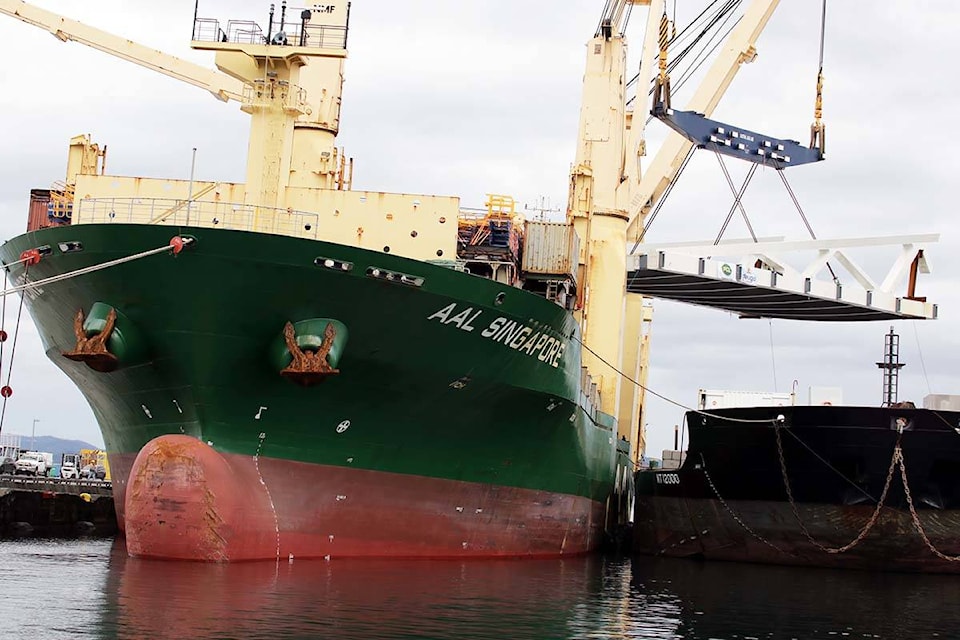When the contractors (PCL Constructors Westcoast Ltd.) who had been hired to build the new Johnson Street Bridge made the decision to purchase their steel and have the fabrication of bridge components competed in China, it was ostensibly an issue of cost saving.
Before too long, however, the decision to subcontract to Jiangsu Zhongtai Bridge Steel Co. Ltd. led to issues that would plague the project and give rise to significant criticism from politicians, citizens and labour leaders.
“No one told council or gave council the advice ‘Oh, you are going to be hiring a contractor that’s going to construct a bridge in China,’” said Mayor Lisa Helps in a 2018 interview with the News. She also voiced concerns that there was no consideration of what problems might result from the differences in language, culture and manufacturing standards.
It was a point echoed by Jonathan Huggett, the man installed as project co-ordinator for the bridge project, long after the decision to contract the Chinese manufacturers was made.
“If I have a concern with a steel plant in Burnaby, I can walk into the plant and deal with the situation. When you’re dealing with a plant in Shanghai, it’s going to take a 20-hour flight to get there, and once there I have to deal with a different language and culture and with completely different standards,” he said. “The issues of culture and distance can be very problematic.”
That assessment proved to be well founded, as by June 2016, inspectors sent to China found cracked welds on the proposed bridge deck and problems with the structure’s trusses and rings that did not, it seemed, fit the bridge design. Their findings caused the steel fabrication to be paused.
The problem was eventually resolved, but it only served to further inflame the ire of Canadian manufacturers who had been passed over for the work.
“The Johnson Street Bridge will always have a black mark associated with it, It could have been built by Canadian fabricators located right here in B.C.,” said Eric Böhne, general organizer for Ironworkers International.
“The bridge was built in China and came in over budget. And there’s the issue that Canadian firms can’t compete fairly with Chinese fabricators because of the Chinese government subsidization and the dumping of Chinese steel onto the market.”
In May 2017, the Canadian International Trade Tribunal (CITT) issued a decision that backed up the union’s position and slapped 45-per-cent tariffs on some Chinese and Korean steel exports.
The issue with the steel manufacturer was identified in a June 2017 report from Huggett entitled “Lessons Learned from (the) Johnson Street Bridge.” The report stated the choice to go with Chinese steel had “greatly added to the project challenges.”
For more on the Johnson Street Bridge project, click here.
